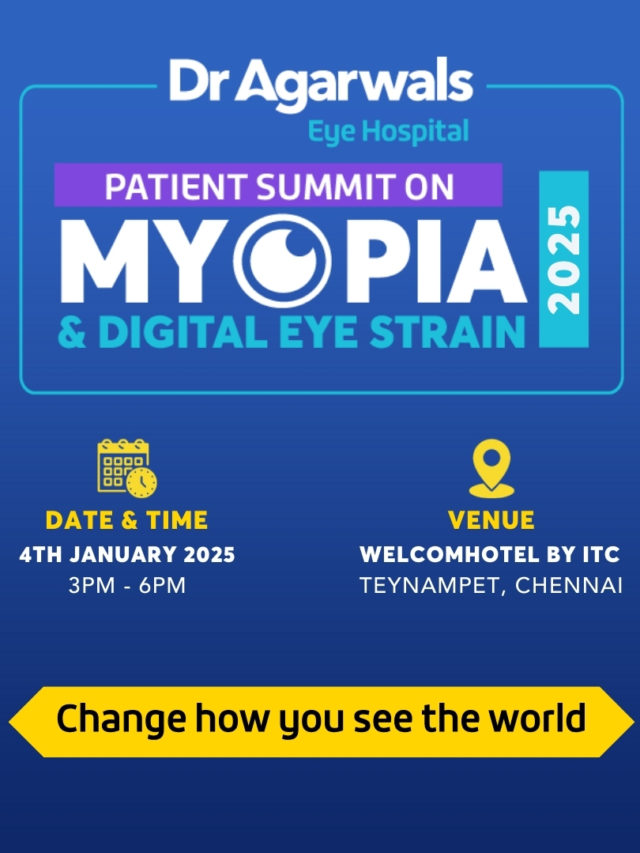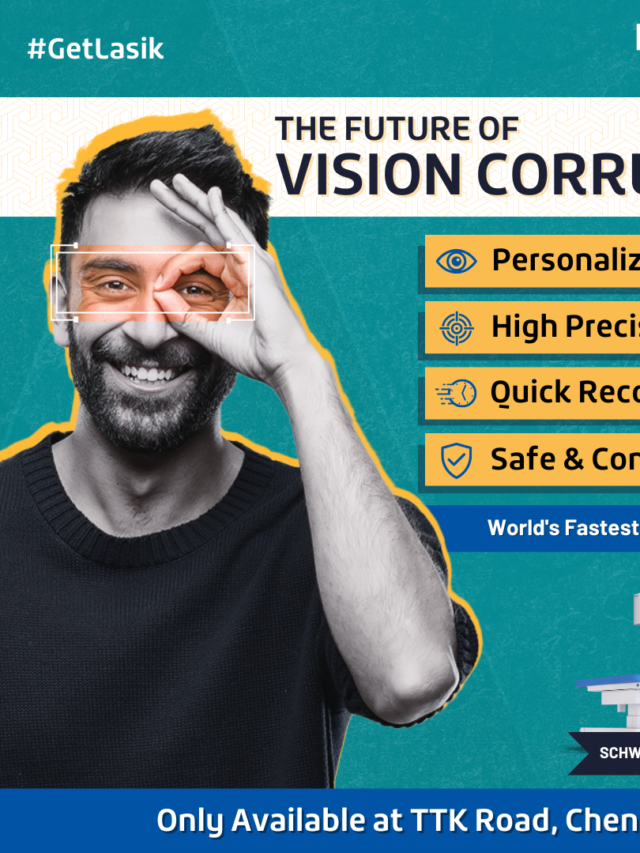Laser-Assisted In Situ Keratomileusis, better known as LASIK surgery, has become a popular vision correction procedure for individuals seeking freedom from glasses or contact lenses. While the benefits are widely discussed, one of the most common questions patients ask relates to cost.
The cost of LASIK surgery is not fixed, as several factors can influence it. From the technology used to the surgeon’s expertise and geographic location, understanding these elements helps patients prepare both medically and financially for the procedure.
Introduction to LASIK Surgery and Its Cost
LASIK surgery reshapes the cornea using precision laser technology to correct refractive errors such as myopia, hyperopia, and astigmatism. Costs vary significantly depending on clinical resources, surgeon expertise, and the type of LASIK chosen.
While some clinics may advertise low starting prices, patients should consider the overall package, including consultations, surgery, and aftercare. On average, pricing reflects a combination of technology, skill, and support services.

Technology and Equipment Used in LASIK Surgery
Advanced laser platforms contribute to the overall LASIK surgery cost. Traditional LASIK uses a microkeratome blade, whereas newer bladeless techniques, like femtosecond lasers and customised Contoura Vision LASIK, improve precision and patient outcomes.
Clinics with state-of-the-art technology often charge more because equipment upgrades and maintenance are costly. Patients should understand that investing in advanced technology may lead to better accuracy, safety, and long-term satisfaction.
Why Surgeons’ Experience and Skill Level Matter
The expertise of the surgeon is a significant cost factor. Highly experienced ophthalmologists who have performed thousands of LASIK procedures may charge higher fees. Their skill reduces risks and improves results, which makes the investment worthwhile.
Patients should prioritise surgeon qualifications and track record over choosing the lowest price. An experienced surgeon often provides detailed pre-operative assessments and customised treatment plans that support long-term vision stability.
Geographic Location and Clinic Reputation
The LASIK cost also depends on the clinic’s location. In metropolitan cities or renowned eye centres, prices are generally higher compared to smaller towns.
The reputation of the clinic, the quality of staff, and accreditation standards also play a role. Reputable institutions that maintain advanced facilities, high safety protocols, and continuous research are likely to charge more but often deliver enhanced patient outcomes and peace of mind.
Type of LASIK Surgery (Traditional vs. Advanced Options)
Different types of LASIK surgery influence costs. Traditional LASIK, using a blade, is generally less expensive.
Advanced methods such as bladeless LASIK, SMILE (Small Incision Lenticule Extraction), and Contoura Vision LASIK cost more due to greater precision, reduced recovery times, and personalised results. The complexity of the eye condition also determines which technique is most suitable, with advanced options offering advantages in safety and visual outcomes.
Pre-Surgery Consultations and Post-Operative Care Costs
A thorough LASIK package includes pre-operative tests, such as corneal mapping and tear film evaluation, to determine candidacy. These tests influence pricing, as the use of advanced diagnostic equipment adds to the cost. Post-operative care, including follow-up appointments and lubricating drops, is another cost component.
Some clinics include these services in the total package, while others charge separately. Patients should clarify what is included in the quoted price to avoid unexpected expenses.
Insurance Coverage and Payment Plans for LASIK Surgery
In most cases, LASIK surgery is considered an elective procedure, meaning insurance policies do not cover the cost. However, some insurance providers may offer partial reimbursement under specific plans.
Many clinics now provide flexible payment options, such as instalment plans or financing schemes, making LASIK more accessible. Patients should carefully review available options and discuss financing with their chosen clinic to plan for affordability without compromising on quality.
Conclusion
The LASIK surgery cost is shaped by multiple factors, including the surgeon’s expertise, the technology used, the clinic’s reputation, and the type of procedure chosen. While it may seem tempting to opt for lower-cost options, investing in experienced care and advanced equipment ensures safety and long-term benefits.
By understanding these cost influences, patients can make informed decisions and prepare for both the medical and financial aspects of surgery, thereby ensuring the best possible outcomes for their vision correction.









